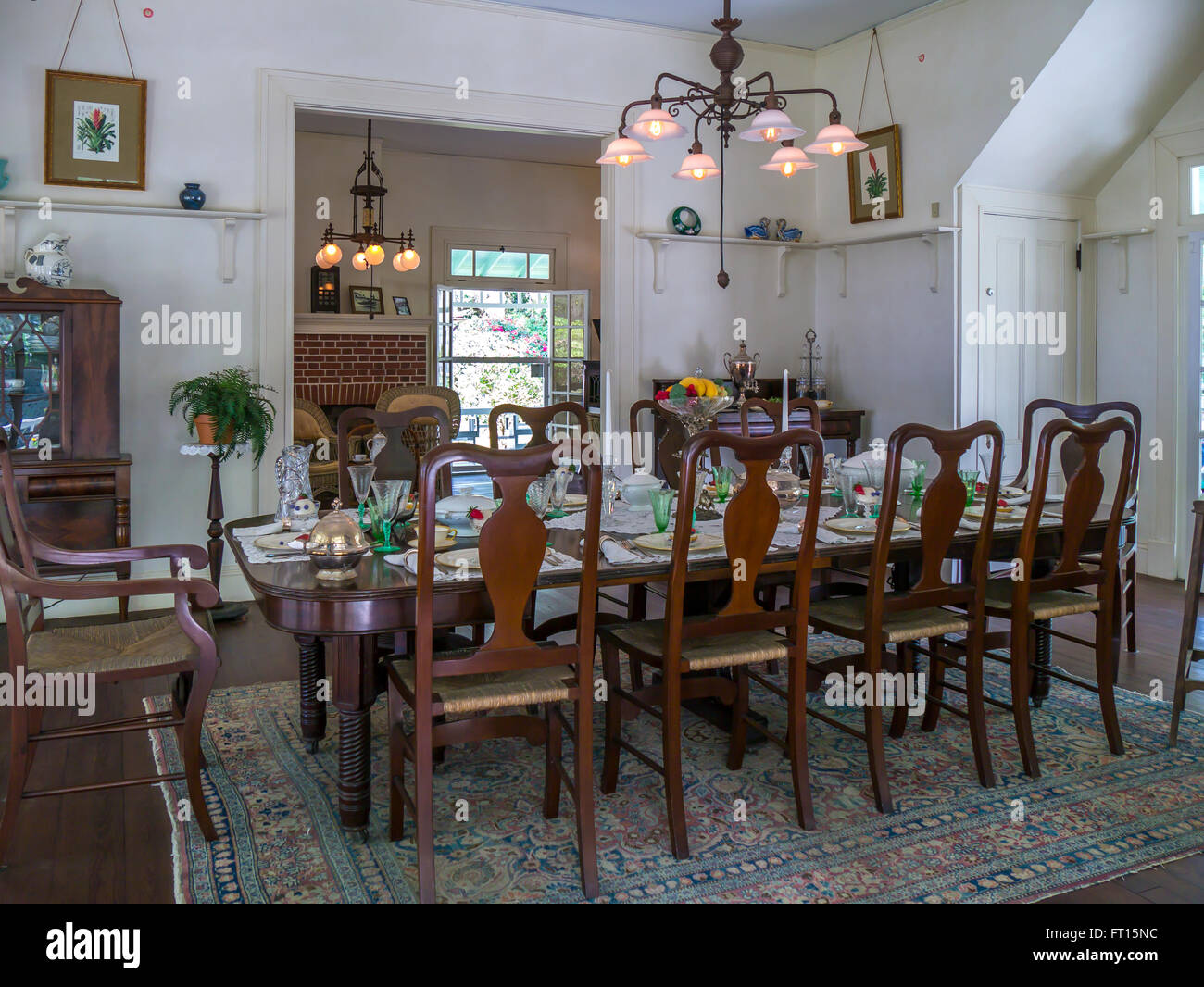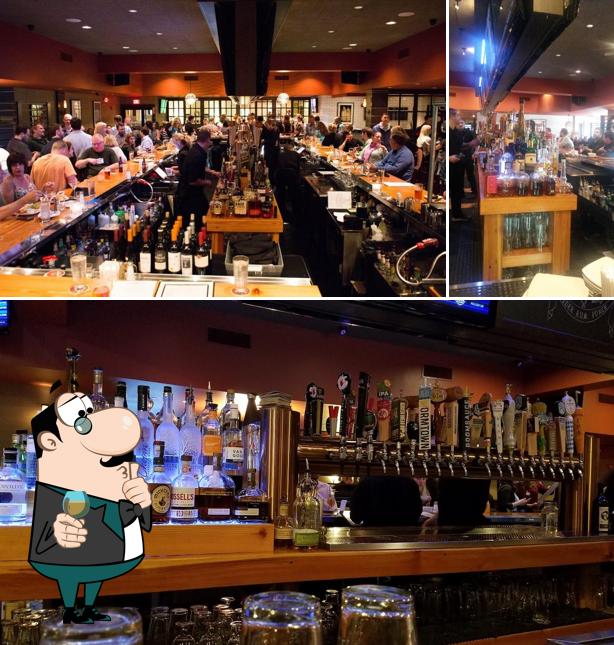Table Of Content

Out west, judges were much less tied up in Edison’s oppressive patent apparatus and were much more likely to rule with the independents than with the conglomerate. Even in instances where Southern California judges ruled with Edison, their rulings were hard to enforce given that cross-country travel was onerous and expensive. The atomic plant would be tucked between hillsides at the bottom of a deep ravine. Seawater pumped from pipes buried under Pacific Coast Highway and the beach and extending half a mile into the ocean would cool the reactor. In 2013, the Los Angeles City Council approved a plan to convert the facility from coal to natural gas by 2025, at an estimated cost of $500 million.
The historic home of Thomas Edison's son is now for sale in Winter Park - Orlando Weekly
The historic home of Thomas Edison's son is now for sale in Winter Park.
Posted: Sat, 08 Jan 2022 08:00:00 GMT [source]
Edison's time in Louisville
The courts, particularly in the Eastern United States, only seemed too happy to enforce their monopoly. Edison next undertook his greatest challenge, the development of a practical incandescent, electric light. The idea of electric lighting was not new, and a number of people had worked on, and even developed forms of electric lighting.
How Thomas Edison (Sort-of) Created Hollywood
The park is the first planned residential community in America, embodying the philosophy and vision of the country’s leading land planners and landscape architects……including the legendary Olmstead of Central Park fame. Billed as “country living for city folk” Llewellyn Park was and still is a verdant and tranquil environment. In Edison’s time, businessmen living in the park often commuted to New York, taking a train line at the bottom of the hill to Hoboken, NJ, and then a ferry across the Hudson to New York.
Southern California Edison says its lines likely ‘associated’ with Woolsey fire
Without his cutthroat, and eventually illegal, business practices, there is a good chance that West Orange, New Jersey would still be home to the film industry and that Hollywood would just be another town outside of Los Angeles. Oh, and there was one other reason the movie industry made its way west. Los Angeles was far away from New Jersey—and Thomas Edison was in New Jersey. The National Park Service maintains a 1954 reproduction of the original Black Maria where visitors can imagine what it was like to step on the first film stage, before the world had any inkling of what it would someday mean to be a movie star. As we gear up for the summer blockbuster season, some movie lovers might be surprised to learn that a reproduction of the world’s first film studio is part of the U.S. In 1913, in hopes of ending MPPC’s crushing monopoly, William Fox of Fox Film Corporation, along with the owners of Paramount and Universal, brought a complaint to the U.S.
San Francisco’s amazing & huge swimming pools at Sutro Baths: See this Victorian marvel
Sixteen high-voltage transmission lines connect Hoover Dam with its power market area. A third line extends to Los Angeles via the McCullough Switching Station, where the energy is stepped up to 500,000 volts. Other lines extend to Kingman, Arizona; Needles, California and nearby Boulder City. In 1876 Edison sold all his Newark manufacturing concerns and moved his family and staff of assistants to the small village of Menlo Park, twenty-five miles southwest of New York City. Edison established a new facility containing all the equipment necessary to work on any invention. This research and development laboratory was the first of its kind anywhere; the model for later, modern facilities such as Bell Laboratories, this is sometimes considered to be Edison's greatest invention.
It was known as the Motion Picture Patents Company (MPPC) or, more colloquially, the Edison Trust. The Trust included competing production company that Dickson founded, Biograph, which held its own camera patent; as well as Eastman Kodak, the biggest producer of raw film. Given how many patents the cartel covered, it was virtually impossible for any independent movie studio to make a film without being bombarded by copyright infringement lawsuits from the MPPS. Two hundred eighty-nine legal complaints were directed at Universal Studios alone.
Column: We’re wiping out the Southern California steelhead trout. Time to fix that
Mrs. Edison managed all the house’s staff and hosted numerous visiting dignitaries at Glenmont. One of the oldest buildings in Fort Myers was on the site when Edison purchased the property from cattle baron Samuel Summerlin in 1885. The original “cracker” style house was used by cattlemen as they drove their herds South. Edison expanded the house, adding a kitchen, garage, and chauffeur’s quarters. Edison’s caretakers lived on the property all year long while maintaining the estate. Originally the Guest House was owned by a business partner of Thomas Edison.
Edison had very little formal education as a child, attending school only for a few months. He was taught reading, writing, and arithmetic by his mother, but was always a very curious child and taught himself much by reading on his own. Today, the brick buildings on Main Street in West Orange, NJ seem quiet, betraying little evidence of the research, development, and innovation of their heyday. Visitors can step back in time to Thomas Edison’s home and laboratory, when machines were run by belts and pulleys and music was played on phonographs. Discover where America’s greatest inventor changed our world forever. Some of the interesting artifacts found at Louisville's Thomas Edison House include both cylinder and disc phonographs, as well as Edison Business Phonographs.
The electric light bulb wasn't Edison's favorite invention, but certainly his most famous. Our light bulb collection consists of many varied types of early light bulbs and you will notice many of them have pointed tip ends. The Edison estate resides in beautiful and historic Llewellyn Park, originally envisioned by Llewellyn Haskell in 1850 as a bucolic hillside refuge from the already teaming and exploding city populations of New York and Newark, NJ.
A magnificent semicircular conservatory graces the south side of the home. The construction of Glenmont includes over 157,000 bricks, and in excess of 10,000 pounds of iron and steel framing. A total of 94 exterior windows grace the building, 41 of them adorned with canvas awnings. Over the years, the Edison’s added 6 more bathrooms, mostly on the second floor, for a total room count of 29 and ½ . Thomas Edison received little formal education, and left school in 1859 to begin working on the railroad between Detroit and Port Huron, Michigan, where his family then lived.

Thomas Edison National Historical Park preserves Thomas Edison's laboratory and residence, Glenmont, in West Orange, New Jersey, United States. These were designed, in 1887, by architect Henry Hudson Holly.[3] The Edison laboratories operated for more than 40 years. Today, the Big Creek project generates nearly 4 billion kilowatt hours (KWh) per year – about 90 percent of SCE's total hydroelectric power, or about 20 percent of SCE's total generating capacity. Big Creek accounts for 12 percent of all the hydroelectric power produced in California.[5] The Big Creek reservoirs also provide irrigation and flood control benefits for the Central Valley, and are popular recreation areas. However, the project has had various environmental and social impacts, including the disruption of fish and animal migration, and the flooding of historical sites and traditional Native American lands.
While working on the phonograph, Edison began working on a device that, "does for the eye what the phonograph does for the ear", this was to become motion pictures. Edison first demonstrated motion pictures in 1891, and began commercial production of "movies" two years later in a peculiar looking structure, built on the laboratory grounds, known as the Black Maria. Like the electric light and phonograph before it, Edison developed a complete system, developing everything needed to both film and show motion pictures. Edison's initial work in motion pictures was pioneering and original. However, many people became interested in this third new industry Edison created, and worked to further improve on Edison's early motion picture work.
When Harvey and Daeida Wilcox purchased 120 acres of farmland northwest of Los Angeles in 1886, they had plans to live a quiet life on their ranch that they called Hollywood. The prohibitionist couple’s dream of a fig farm faltered just one year after their purchase, and as a result they turned to an industry that had never failed them before — real estate. The Wilcoxes divided up their land and sold it off quickly to like-minded buyers, envisioning a sober and deeply religious community.
The two-story riverfront home was built in the Craftsman architectural style. Built in 1910, the 50′ x 20′ swimming pool is believed to have been constructed using Edison Portland Cement and was one of the first residential pools. In a 1928 remodel, the Pool House with changing rooms and a shower, and Tea House were added.
In 1878, Edison focused on inventing a safe, inexpensive electric light to replace the gaslight—a challenge that scientists had been grappling with for the last 50 years. Morgan and the Vanderbilt family, Edison set up the Edison Electric Light Company and began research and development. SCE also invested in improving civic and educational facilities in its company towns. Nonetheless, continued difficult conditions led to a 40 percent monthly turnover rate in the workforce.
There were therefore many contributors to the swift development of motion pictures beyond the early work of Edison. By the late 1890s, a thriving new industry was firmly established, and by 1918 the industry had become so competitive that Edison got out of the movie business all together. Known as the “Wizard of Menlo Park,” for the New Jersey town where he did some of his best-known work, Edison had become one of the most famous men in the world by the time he was in his 30s. In addition to his talent for invention, Edison was also a successful manufacturer who was highly skilled at marketing his inventions—and himself—to the public. At the time, movie-making was centered on the East Coast, specifically in the New Jersey/New York area.

No comments:
Post a Comment